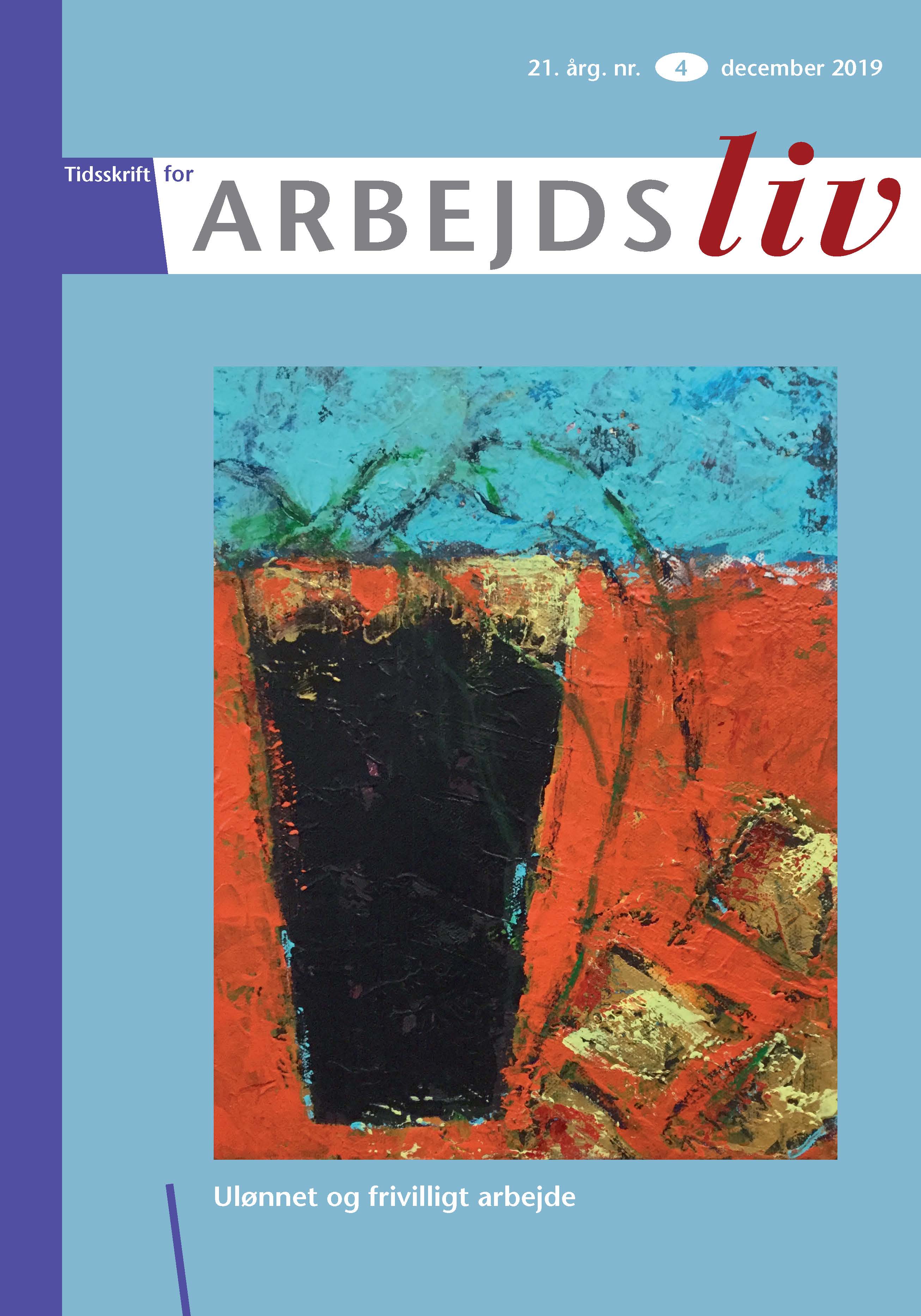Frivillige vågeres ulønnede arbejde hos døende – stedfortrædende omsorgsarbejde på nærværets betingelser
DOI:
https://doi.org/10.7146/tfa.v21i4.118065Nøgleord:
Frivillig, Våger, Døende, Palliativ omsorg, Eget hjem, PlejehjemResumé
Omsorg for døende borgere i palliative plejeforløb i eget hjem og på plejehjem er en kommunal opgave. Frivillige tilbyder at være med til at løfte denne velfærdsopgave. Dette kvalitative studie undersøger to forskningsspørgsmål: (1) Hvad kendetegner frivillige vågeres arbejde, når de sidder hos døende? (2) Hvilke udfordringer og/eller muligheder er knyttet til grænser mellem frivilligt og professionelt arbejde hos døende i palliative plejeforløb? Deltagerobservation og interviews udgør studiets metoder. Fire plejehjem i to kommuner og to vågegrupper gav adgang til observationer. 65 timers deltagerobservation af vågernes arbejde i palliative plejeforløb og fællesmøder samt 16 interviews med vågere, pårørende og professionelle udgør studiets empiriske materiale. Fænomenologisk omsorgsfi losofi og et symbolsk interaktionistisk ’boundary-work’-perspektiv udgør den teoretiske ramme. Det konkluderes, at vågernes frivillige arbejde er kendetegnet ved sansende og stedfortrædende omsorg, hvor tid hos den døende giver erfaringer af særlig betydning. Grænser mellem det frivillige og det professionelle arbejde markeres og opretholdes af både vågere og professionelle. Vågerne overskrider og udvider grænser på nærværets betingelser i situationsspecifi k omsorg for døende og deres pårørende.
Downloads
Publiceret
Citation/Eksport
Nummer
Sektion
Licens
Forfattere, der publicerer deres værker via dette tidsskrift, accepterer følgende vilkår:
- Forfattere bevarer deres ophavsret og giver tidsskriftet ret til første publicering, samtidigt med at værket ét år efter publiceringen er omfattet af en Creative Commons Attribution-licens, der giver andre ret til at dele værket med en anerkendelse af værkets forfatter og første publicering i nærværende tidsskrift.
- Forfattere kan indgå flere separate kontraktlige aftaler om ikke-eksklusiv distribution af tidsskriftets publicerede version af værket (f.eks. sende det til et institutionslager eller udgive det i en bog), med en anerkendelse af værkets første publicering i nærværende tidsskrift.
- Forfattere har ret til og opfordres til at publicere deres værker online (f.eks. i institutionslagre eller på deres websted) forud for og under manuskriptprocessen, da dette kan føre til produktive udvekslinger, samt tidligere og større citater fra publicerede værker (se The Effect of Open Access).





